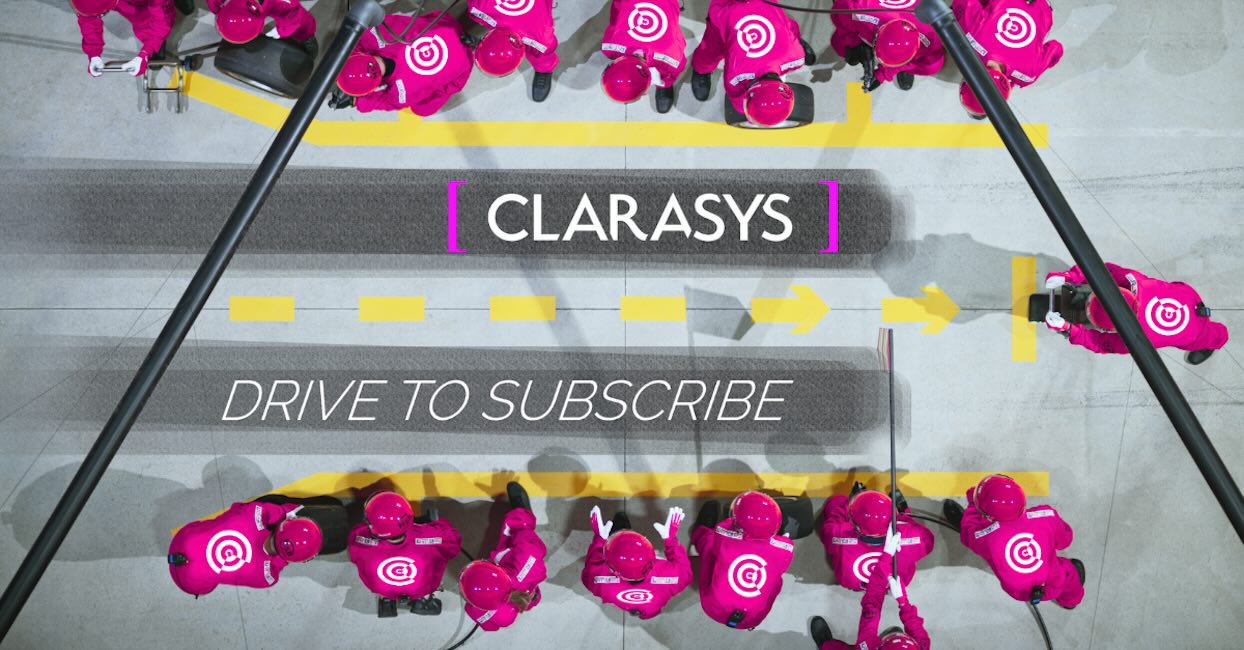In part one we covered the ways to up-skill your organisation to move towards becoming more customer centric.
New product development through a cost optimisation lens
New product development through a cost optimisation lens
In part one we covered the ways to up-skill your organisation to move towards becoming more customer centric.

Meet the author
How does a retailer optimise their costs whilst tangibly improving their customer proposition? A look at new product development is a great place to start!
“Cut”, “Slash”, “Minimise”; these are the words we typically hear when talking about optimising costs, often at the expense of customer experience. As explored in our previous infographic, cost optimisation is best achieved as an output of improving and investing in the future in a sustainable way, rather than sacrificing long-term profitability for short-term cost reductions. Adopting a customer-focused, iterative approach to new product development (NPD) is a sustainable and profitable method to achieve this. NPD ultimately relies on untapped potential and adds incremental value; correct application reduces long and short-term costs in parallel.
What currently goes wrong?
Over 70% of new products across the retail industry do not make it past a year in the market, and this rises to 75% in the grocery sector specifically. It is therefore critical to adapt and refine existing NPD approaches. In particular, NPD falls short in two areas of the six key steps to successfully optimise costs that we outlined in our previous infographic:
1) Clear vision and goals for new products: Many retailers continue to develop products without a clear view of what they want to achieve by launching the product.
2) Customer-focused, feedback driven, iterative approach: Spending years developing a product without regularly testing it with customers, before it is finally launched into the market.
With shifting consumer preferences and regulatory changes, the current approach to NPD can result in retailers developing the right product at the wrong time, or not fulfilling a need when demand is strongest. The consequences of failure to truly innovate for customers include underwhelming incremental sales following launch, cannibalisation of existing products and a decrease in brand perception and loyalty. Ultimately products are delisted after only a short time on the shelves and having incurred significant upfront development costs. For every poor product in your range, there is a lost opportunity and sunk cost that is difficult to reclaim.
So what can you do differently?
As you begin your NPD process, it is critical you define a vision and your key goals from launching a given product. Why do you want to launch the product? What will it be competing against? How do you differentiate and fit into the market? What does success look like? Only once you have a clear answer to these questions, should you begin the process of developing the product.
Following this, the key to success and the realisation of ROI is to adopt an agile approach – test the product early, and then keep testing it, whilst being guided by customers’ reactions to it. This will validate the product, highlight expected demand, allow you to get feedback early, and enable enhancements to be made continuously up to its launch – making the product as great as it can be, limiting surprises and realising expectation on return on investment earlier. Crucially, this approach also allows you to identify failing products much earlier in the pipeline and, through early and frequent customer feedback, deprioritise products which lack market appetite with minimal upfront investment.
The outcomes are a mutually beneficial customer-centric product proposition, with long-term benefits:
- Assurance of long-term ROI: By minimising the upfront costs and effort, testing the product and focusing on the consumer throughout the process, you reduce risk of failure of the new product
- Deliver what is needed, when it is needed: You validate demand continuously so if there is a change in the market, you change with it (either adapting your product, or deprioritising it as demand falls)
- Innovative customer proposition: You engender trust and loyalty from your customers as they see you as leading the market and meeting their needs with new, innovative products
- Accelerate your NPD whilst reducing costs and waste: Through regular testing and validation, you reduce time and effort wasted on riskier products, whilst accelerating the priority products you take to market
Implementing this change in mindset and way of working is no quick fix; it requires senior sponsorship, aligned leadership, and the processes and tools to make it happen – it is an investment into your business, but one that is worth making. It is also critical to ensure you take the learnings and experience of both successful and unsuccessful products to enhance your customer proposition in the long-run. Importantly, this is done with cost saving in mind, but as a goal alongside creation of a more successful product for customers.
By successfully developing and launching a new product into the market, you’re halfway there. But how do we get it in the hands of our customers in the most efficient and effective way? Stay tuned for our next piece where we explore ‘On-demand delivery’ to answer this very question!
This post was originally created by: Shehzad Charania and Yashraj Sakpal

